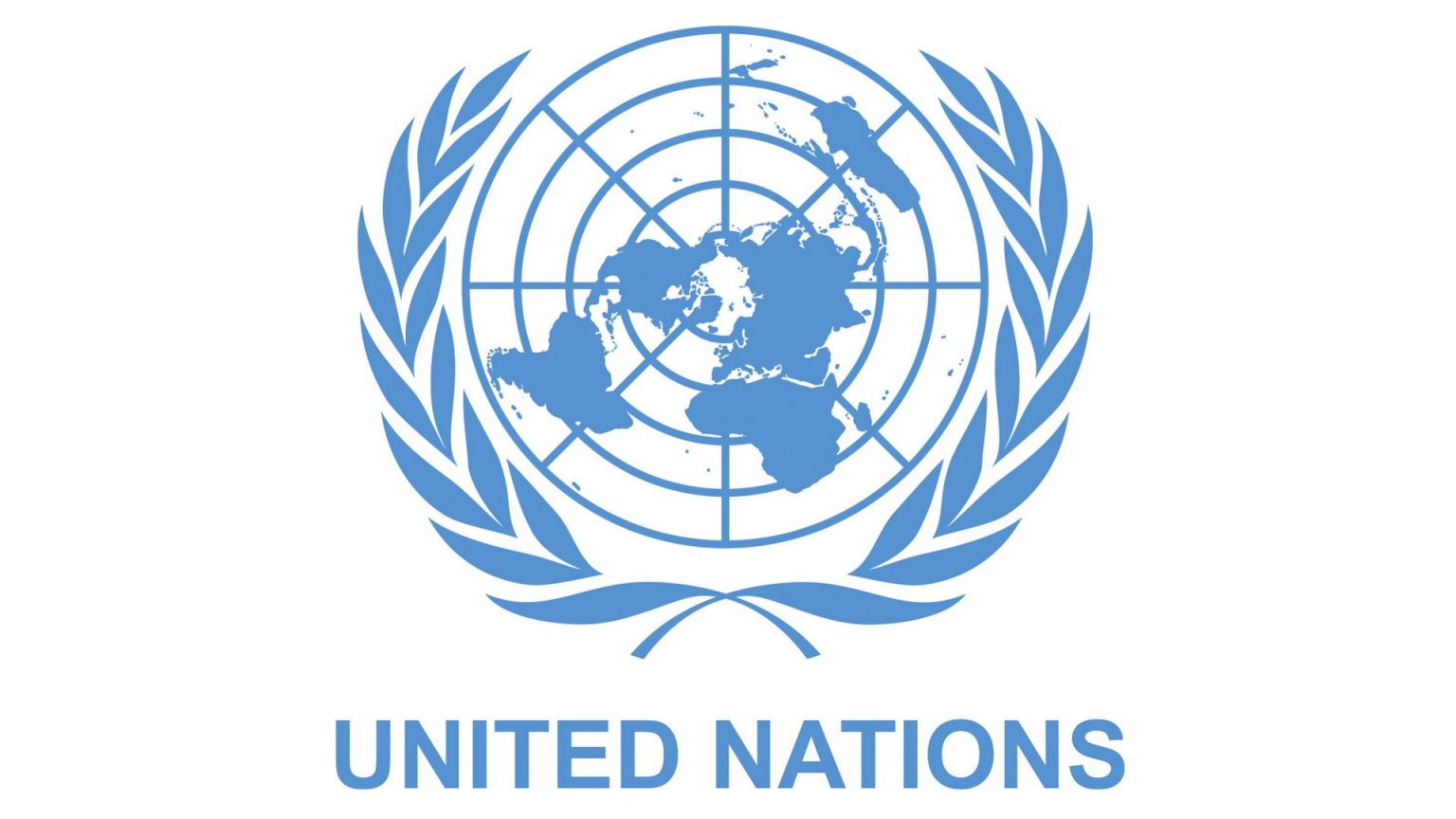
Child mortality rate drops globally, as funding cuts threaten progress – UN
In 2023, the global number of children who died before reaching their fifth birthday decreased to 4.8 million, while stillbirths saw a slight reduction, remaining around 1.9 million, as reported by the United Nations Inter-agency Group for Child Mortality Estimation in two new reports released on Tuesday.
Despite these advancements, the reports cautioned that decades of progress in child survival are now at risk due to significant funding cuts for child health initiatives announced or indicated by major donors.
The World Health Organization highlighted that since the year 2000, child mortality has been reduced by over 50%, and stillbirths have decreased by more than a third, primarily due to ongoing investments in child survival programs.
In 2022, global child mortality fell below five million for the first time in recorded history. However, the pace of progress has slowed, and the number of preventable deaths remains alarmingly high.
“Millions of children are alive today thanks to global commitments to effective interventions such as vaccinations, nutrition, and access to clean water and sanitation,” stated UNICEF Executive Director Catherine Russell.
“While achieving a record low in preventable child deaths is a significant achievement, we risk undoing these hard-earned successes without appropriate policies and continued investment.”
The UN IGME reports indicate that diminishing global funding for child survival programs is resulting in a shortage of healthcare workers, the closure of clinics, interruptions in vaccination efforts, and a lack of essential medical supplies, including treatments for malaria.
These funding reductions are particularly affecting regions that are already grappling with high child mortality rates, including those experiencing humanitarian crises and economic challenges.
“From combating malaria to preventing stillbirths and ensuring critical care for newborns, we possess the necessary tools to effect change,” remarked WHO Director-General Dr. Tedros Ghebreyesus.
He emphasized, “However, as funding diminishes, it is crucial that we enhance collaboration to safeguard children’s health.”
Prior to the ongoing funding crisis, advancements in child survival rates had already begun to stagnate.
Reports indicate that since 2015, the annual decrease in under-five mortality has diminished by 42 percent, while the reduction in stillbirths has decreased by 53 percent when compared to the period from 2000 to 2015.
The findings highlight that nearly half of all deaths among children under five occur within the first month of life, primarily due to premature births and complications during delivery. After the neonatal phase, infectious diseases such as pneumonia, malaria, and diarrhoea continue to be the leading preventable causes of child fatalities.
In addition, 45 percent of late stillbirths transpire during labor, frequently resulting from maternal infections, prolonged or obstructed labor, and the absence of timely medical care.
The report emphasizes that enhancing access to quality maternal, newborn, and child healthcare at all levels can significantly save lives. This encompasses early prenatal care, skilled attendance during childbirth, routine vaccinations, nutrition initiatives, and effective treatment for childhood illnesses.
The UN reports highlight significant disparities in child mortality rates between high-income and low-income nations. A child in the country with the highest mortality rate is 80 times more likely to die before the age of five compared to one in the country with the lowest rate.
A child born in sub-Saharan Africa faces an 18-fold higher risk of dying before reaching five years of age compared to a child born in Australia or New Zealand. Within nations, children from the poorest families, those living in rural areas, and those with less-educated mothers are at the greatest risk.
The disparities in stillbirth rates are similarly alarming, with nearly 80 percent of stillbirths occurring in sub-Saharan Africa and Southern Asia, where women are six to eight times more likely to experience a stillbirth than those in Europe or North America.
"Addressing these disparities is not only a moral obligation but also a crucial step towards sustainable development and global equity," stated Li Junhua, Under-Secretary-General of UN DESA.
He stated, "Every child is entitled to an equitable opportunity in life, and it is our shared duty to guarantee that no child is overlooked."
Members of the UN IGME are calling on governments, donors, and private-sector collaborators to safeguard the advancements achieved in lowering child mortality rates and to intensify initiatives aimed at preventing further fatalities. They highlight the necessity for enhanced investment, the integration of services, and innovative approaches to broaden access to essential healthcare, nutrition, and social protection services for children and expectant mothers.





